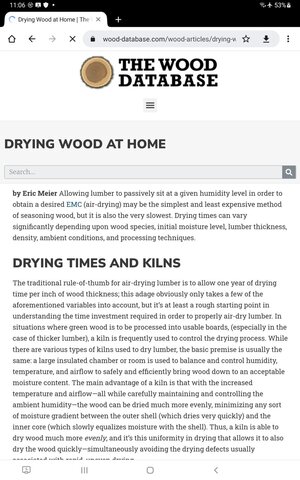- Joined
- Apr 20, 2020
- Messages
- 5,165
- Points
- 738

Hello dear friends
About a week ago a friend of mine sawed the branches of the mulberry tree in his house. To my delight he remembered that I was interested in this wood as a raw material for shipbuilding and carving (following comments from members of this forum). Today I received the pieces that are diameter in different ranges from 3-11 cm and in lengths between 30-65 cm. I ask for guidance on the drying process and steps, including recommended durations for each step, to make the pieces a useful raw material. The pieces are kept in a dry and shady place / indoor room where the temperature ranges between 28-22 degrees. Thanks
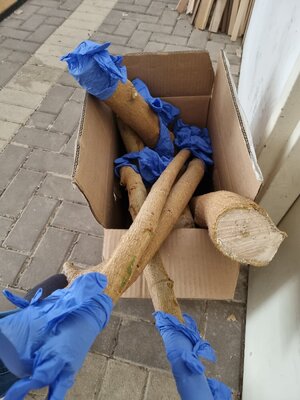
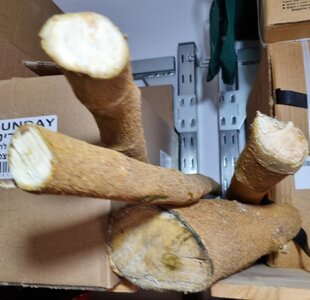
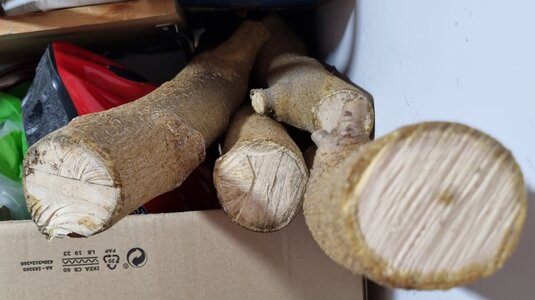
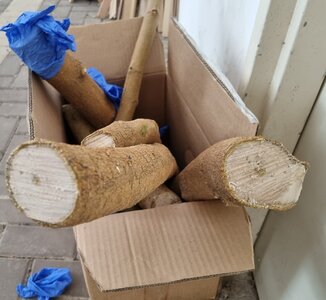
About a week ago a friend of mine sawed the branches of the mulberry tree in his house. To my delight he remembered that I was interested in this wood as a raw material for shipbuilding and carving (following comments from members of this forum). Today I received the pieces that are diameter in different ranges from 3-11 cm and in lengths between 30-65 cm. I ask for guidance on the drying process and steps, including recommended durations for each step, to make the pieces a useful raw material. The pieces are kept in a dry and shady place / indoor room where the temperature ranges between 28-22 degrees. Thanks








